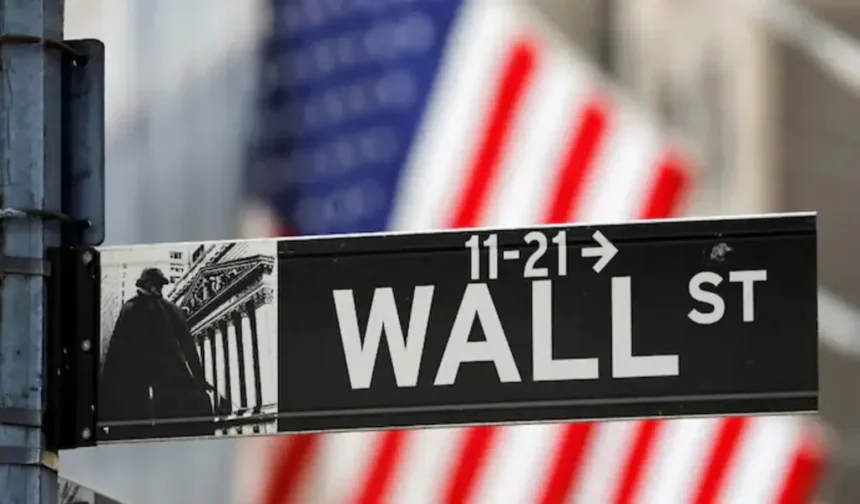(CTN News) – Major indices continued their downward trajectory on Monday, with the S&P 500 and Wall Street opening sharply lower.
This occurred despite investors’ growing concerns about the potential economic consequences of President Donald Trump’s sweeping tariff plans. As a result of the unpredictable market, a large number of investors sought government bonds as a safer investment alternative.
Before reaching 37,101.88, the Dow Jones Industrial Average fell 1,212.98 points, or 3.17%.
At the opening bell, the S&P 500 was down 181.37 points, or 3.57%, to 4,892.71, and the Nasdaq Composite was down 623.23 points, or 4.00%, to 14,964.56. The Nasdaq Composite had likewise dropped to 14,964.56.
These two figures, the S&P 500, appeared simultaneously.
The S&P 500 fell more than 20% from its all-time high during the previous trading session, and it continued to tumble on Monday. When this level is reached, it usually signals the start of a bear market in the most important stock index in the United States.
The US stock market rallied when reports broke that President Trump was considering putting a 90-day tariff freeze in all nations except China. In the meantime, the White House has denied the claims that a tariff moratorium will be imposed on countries other than China.
The Dow Jones continues to collapse, following in the footsteps of the Dow Jones Industrial Average, which is now more than 17% below its all-time peak. On the other side, the Nasdaq had already entered bear market territory the week before, as global markets were rattled by fears of a recession. These concerns were exacerbated by the tariffs imposed by US President Donald Trump.
When an index closes at least 20% lower than its previous record high, traders typically agree that it has entered a bear market. This is the accepted definition of a bear market.
According to official data, the most recent bear market for the S&P 500 occurred in June 2022. During that time, there were doubts about the Federal Reserve’s ability to control inflation without leading the economy to enter another recession.
Previous research implies that bear markets tend to last until investors believe the most serious economic challenges have been handled, which usually happens before recessions begin. According to the CFRA research organization, twelve bear markets have occurred from 1948 and the present, with nine of them coinciding with recessions.
U.S. recession risk has increased due to Trump’s trade policy.
In addition, market participants are betting on the prospect of interest rate cuts, despite the president’s steadfast stance on tariffs. As a result, he does not appear to be interested in engaging in negotiations unless the trade deficit with China is addressed.
On Sunday, President Trump issued a warning to investors, telling them to face the fact that the market is in steep decline. In addition, he declared that he would not sign any agreement unless the trade gap with China was rectified.
It appears that President Trump is attempting to bring about a significant transition in the way the United States operates as a global economic power.
According to Giles Coghlan, director of trading platform GCFX, who spoke with Reuters, the selloff might last as long as that viewpoint remains the prevailing way the market thinks.
After reaching an all-time high of 6,144.15 on February 19, the S&P 500 has fallen below 5,000 points for the first time in a year. Taking into account the previous peak, this implies a drop of more than 20%.
Large information technology businesses, which were formerly responsible for powering the market to all-time highs, are now suffering the most severe declines. Nvidia has declined by 34% this year, Microsoft by 19%, and Apple by over 30%.
In 2025, the subindex representing the information technology sector experienced the most dramatic reductions as compared to the other industries that comprise the S&P 500 industry.
SOURCE: IT
SEE ALSO:
Trump Threatens More Tariffs in the Wake of Falling Global Markets.
April 9 is Expected to See the RBI Cut Interest Rates By 25 Basis Points.
Frustrated protesters attack Trump and Musk in the Film “Hands Off!” Rallies.

Salman Ahmad is known for his significant contributions to esteemed publications like the Times of India and the Express Tribune. Salman has carved a niche as a freelance journalist, combining thorough research with engaging reporting.














